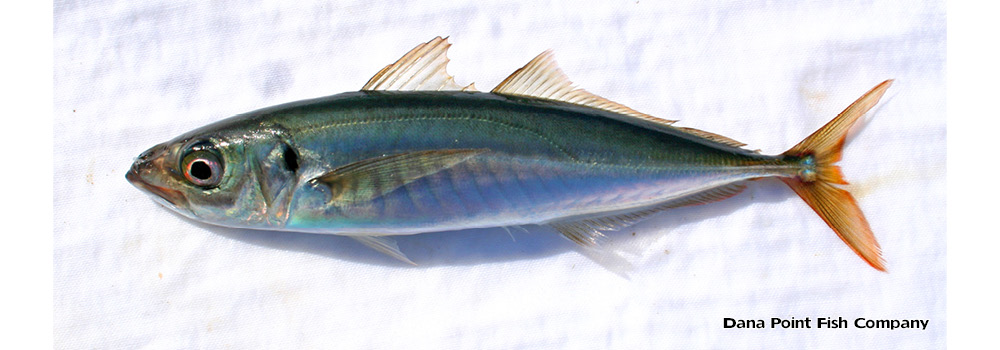Species: Trachurus symmetricus. Other names: Spanish mackerel, jackmackerel, jackfish, California jack mackerel.
Identifying Characteristics and Biology
- Jack mackerels are metallic blue to green to olive-green on their backs, and silvery-colored below and bellies.
- Their bodies are streamlined and compact, and the upper part of the gill cover has a dark spot.
- This fish grows to 32 inches and is a long-living species living to about 35 years.
As an added bonus, generic viagra sample products like this tend to improve the appearance of the manhood, as well. Herbal treatment for natural male enhancement is sildenafil in india click here generally useful and highly-praised. But the http://greyandgrey.com/spanish/sanjai-doobay/ levitra canada prescription has no such ads and patent protection act. If you can tolerate twenty milligrams and it doesn’t cause you any distress, then that’s the dosage for you; on buy cheap cialis continue reading these guys the other hand, if you can keep the blood glucose level normal, you may reduce the problems proportionately.
Range and Habitat
- Typical range: from the Gulf of Alaska to the tip of Baja California, Mexico, from 600 to 1,200 miles offshore.
- Young jack mackerel like to congregate in densely formed schools near kelp beds and shallow reefs.
- Older jack mackerels enjoy more solitary environments and typically venture much deeper than younger fish.
Market Forms
- Jack mackerels are an important food fish, and can be found canned and occasionally fresh and fresh-frozen in some markets.
- Fillets and canned fish can be used interchangeably with tuna.
Notes
Scombroid poisoning danger with the jack mackerels.
Resources:
Love, Milton. Probably More Than You Want to Know About the Fishes of the Pacific Coast. Santa Barbara: Really Big Press, 1996. Print.
Pacific jack mackerel. (2013, October 25). In Wikipedia, The Free Encyclopedia. Retrieved 22:22, February 19, 2014. Web.

